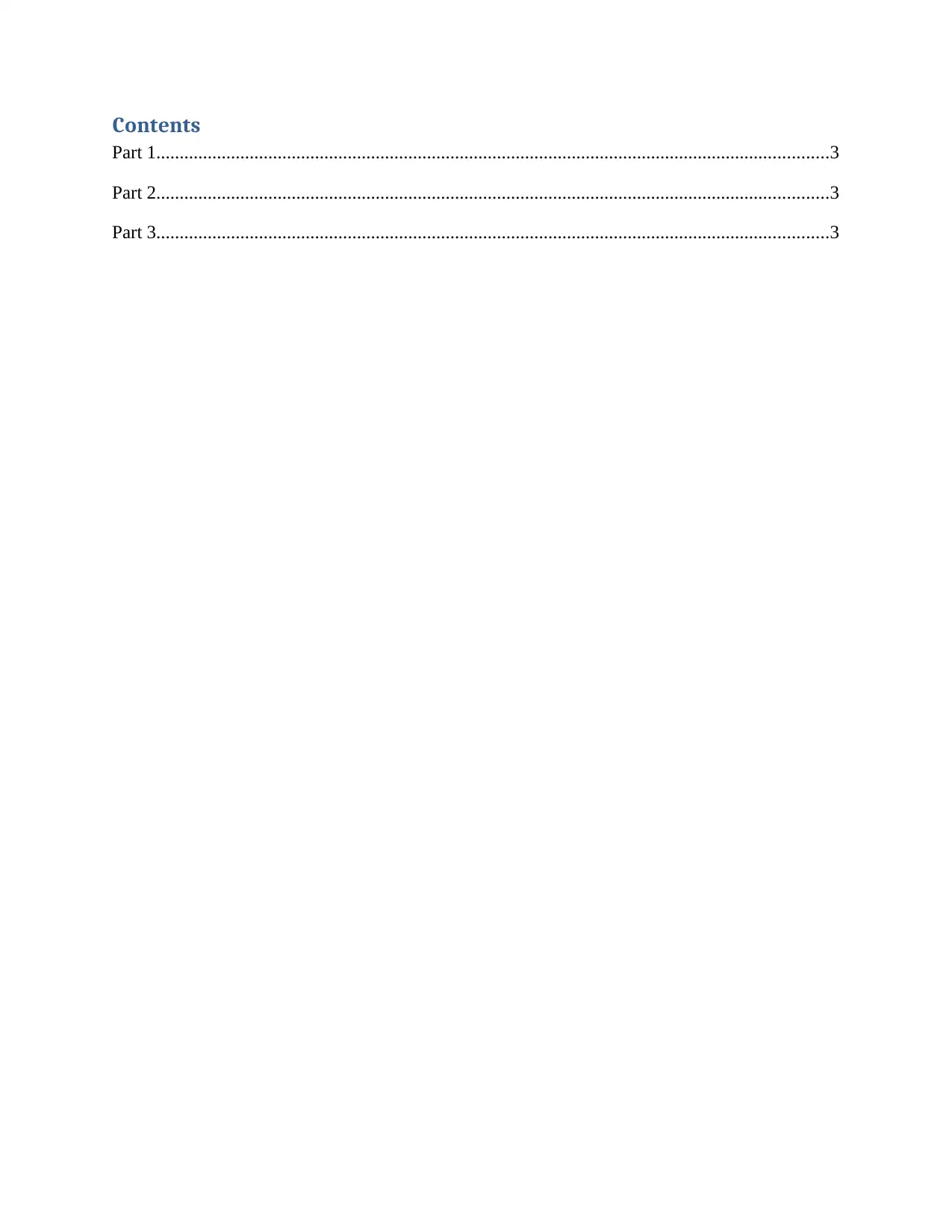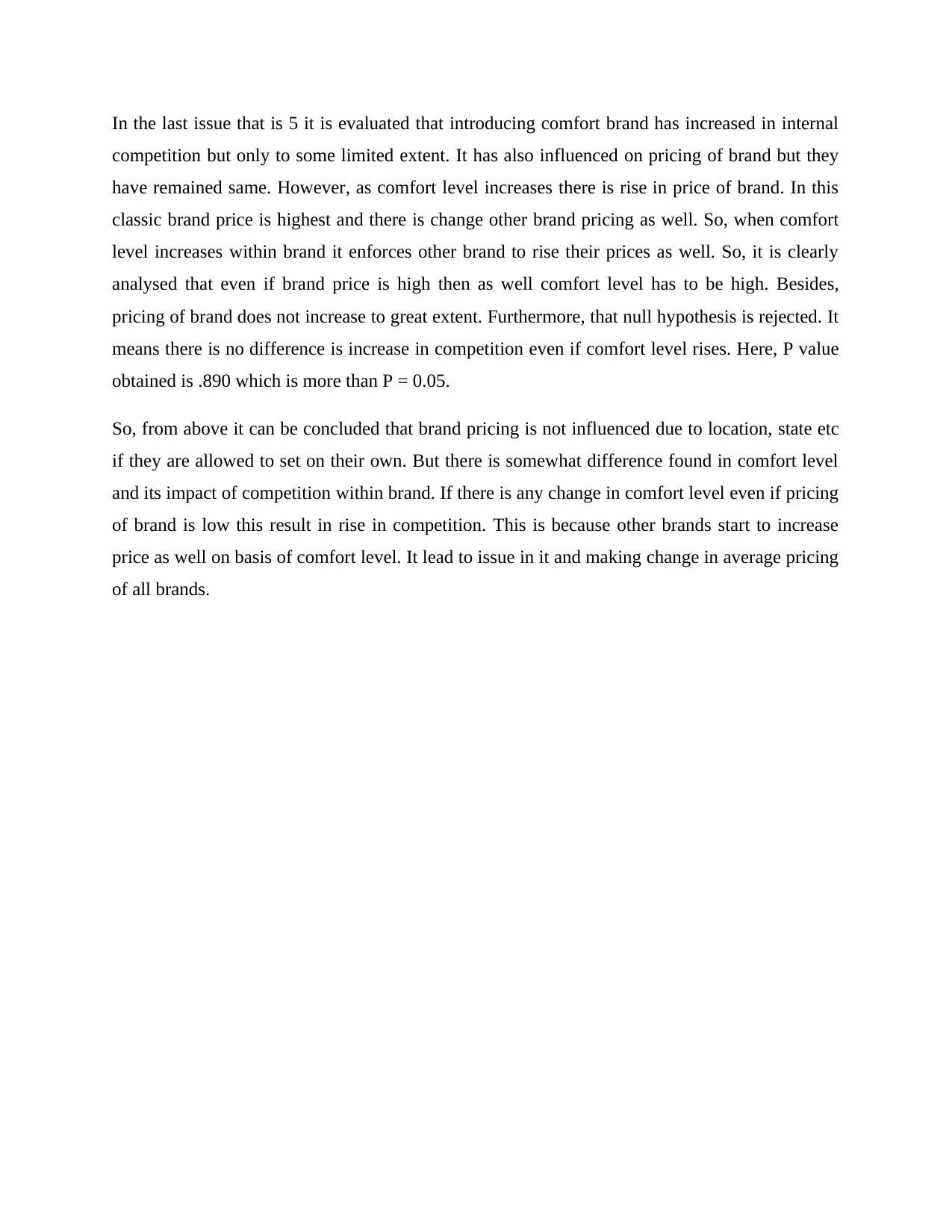Data Analysis and Decision Modeling: Brand Pricing Insights Report
VerifiedAdded on 2023/01/11
|5
|1015
|82
Report
AI Summary
This report presents a data analysis of brand pricing strategies, focusing on the impact of various factors such as brand, state, location, and comfort level. The analysis involves hypothesis formation, ANOVA tests, and the application of decision rules to interpret the data. The study examines the pricing differences among resort, cottage, and classic brands, considering whether pricing varies based on state and location. The findings indicate that while there are some pricing variations among brands, state and location factors have minimal influence. The report also explores the impact of comfort level on pricing and competition, concluding that increased comfort can lead to higher prices and increased competition, although not significantly. The overall conclusion is that brand pricing is not heavily influenced by location or state, but comfort levels and internal competition play a role. The report highlights the importance of communicating findings to identify pricing influences on brands and assess the validity of hypotheses.
1 out of 5





